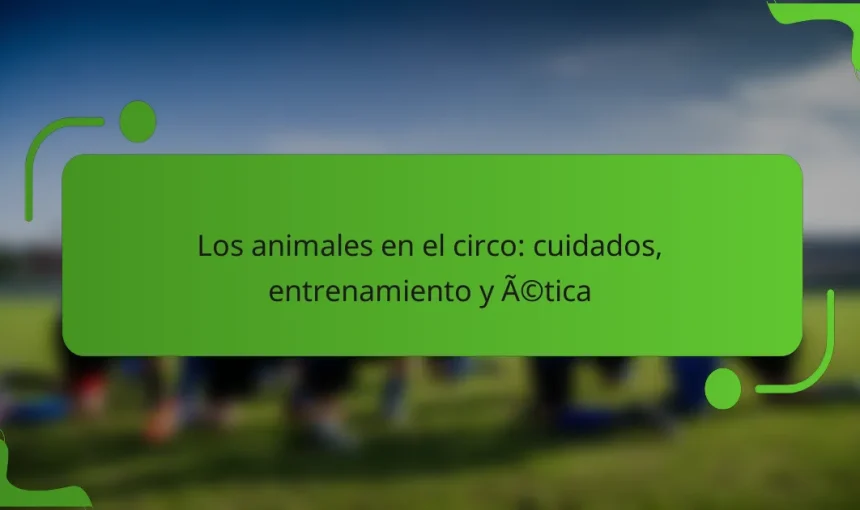The article explores the role of the domador, or animal trainer, in Spanish circus culture, highlighting its historical significance and the techniques employed in training wild animals such as lions and tigers. It details the skills required for effective interaction with these animals, emphasizing the importance of discipline and respect. The piece also addresses the […]
Acrobatics in the circus is a physical and artistic discipline characterized by complex movements such as jumps, spins, and balances, often utilizing equipment like trampolines, hoops, and ropes. The training of acrobats involves rigorous physical and technical preparation, focusing on strength, flexibility, and coordination, with many aspiring performers dedicating years to mastering various acrobatic forms, […]
The article explores the role of music in the circus, emphasizing its importance in creating the atmosphere of the performance. Music accompanies acts, enhances the emotional connection between artists and the audience, and helps synchronize movements. Notable composers of circus music, such as Karl King, Percy Faith, and Camille Saint-Saëns, have contributed iconic works that […]
¿Qué son las actuaciones de animales en el circo? Las actuaciones de animales en el circo son presentaciones en las que se exhiben habilidades y trucos realizados por animales entrenados. Estas actuaciones han sido parte de la tradición circense durante siglos. Los animales, como leones, elefantes y caballos, son entrenados para realizar diversas acrobacias y […]
The article focuses on the concept of “circo de comedia,” a form of entertainment that merges circus acts with humor. It explores various types of humor used in performances, including physical comedy, clever dialogue, and absurd situations, with clowns as the central figures. The significance of audience interaction, the evolution of comedic elements over time, […]
The article focuses on Spanish circus music, an essential element that enhances performances by creating atmosphere and engaging the audience. It highlights the contributions of notable composers such as José Padilla, Francisco Alonso, and Manuel García, who have shaped the genre with their iconic pieces. The evolution of Spanish circus music from its origins in […]
Acrobacias en el circo español are physical performances characterized by skills in balance, strength, and agility, encompassing various forms such as jumps, flips, and spins. This article explores the evolution of these acrobatic acts within the Spanish circus tradition, highlighting iconic artists and diverse styles that have emerged over time. The significance of acrobatics in […]
¿Qué son los animales en el circo? Los animales en el circo son seres vivos que son entrenados para realizar actos y espectáculos. Estos animales pueden incluir leones, tigres, elefantes, caballos y aves, entre otros. Se utilizan en presentaciones para entretener al público. Históricamente, los circos han incluido animales como parte de su atractivo. Sin […]
The article examines the benefits of circus activities for child development, focusing on both social and physical skills. Circus participation enhances children’s social abilities by promoting teamwork and communication, while also improving their coordination, balance, strength, and endurance through various physical activities. Additionally, engaging in circus techniques fosters confidence and self-esteem, and research indicates that […]
Acróbatas, or acrobats, are skilled performers in the circus known for their physical acts that involve jumps, spins, and aerial maneuvers. Their training is rigorous, requiring years of practice to develop strength, flexibility, and coordination, often under the guidance of experienced trainers. The article explores the intense physical and mental challenges faced by acrobats, including […]







